VANCOUVER, BC – ESTE, June 5, 2025 – Isoclima Group (“Isoclima”), a global leader in advanced transparent solutions, and Miru Smart Technologies (“Miru”), a leading smart window technology developer, have announced a strategic partnership to accelerate the global adoption of electrochromic windows across a diverse range of sectors including high-performance automotive, marine and aerospace.
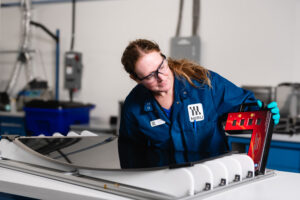
This partnership combines Miru’s dynamic electrochromic window technology (“eWindow”) with Isoclima’s deep expertise in high-performance glazing, unlocking new possibilities for industry-leading window solutions across premium and highly specialized markets. The result: a new class of intelligent, responsive solutions designed to meet the most demanding standards of aesthetics, energy efficiency, and performance. The partnership is grounded in a shared commitment to innovation, sustainability, and next-generation mobility.
“With this partnership, we’re integrating next-level electrochromic capabilities into our systems, pushing the boundaries of performance in the most demanding environments. With the integration of Miru’s eWindow technology, we are set to deliver enhanced comfort, visibility and energy performance for end users. Miru’s is a natural complement to our advanced glazing systems,” said Liviana Forza, CEO at Isoclima.

“We are thrilled to partner with Isoclima – a global leader with a proven track record in shaping the future of advanced glass,” said Curtis Berlinguette, Founder and CEO of Miru. “Our eWindow platform is ready for scale, and Isoclima brings the technical depth and global reach to help bring our dynamic window technology to different sectors such as automotive, yachting, railway, and aviation.”
Miru eWindows enable seamless, on–demand tinting with ultra-low power requirements. Unlike traditional shading systems, electrochromic window technology allows energy-efficient control of sunlight and glare without additional bulky, moving parts. Miru’s solution offers uniform shading, optical performance, and is uniquely designed to integrate into curved surfaces – making it ideal for applications where weight, energy efficiency, and premium aesthetics are critical.
Isoclima’s portfolio spans custom glazing solutions for luxury vehicles, high-speed trains, defense and armored vehicles, yachts, aerospace and security architectural projects.
Isoclima and Miru will be participating in Glass Performance Days 2025 in Tampere, Finland (June 10–12). Miru’s eWindow technology will also be featured at the Paris Air Show (June 16–22) at the Isoclima booth (Hall 1 FG 321), showcasing how advanced glazing and smart tinting are coming together to define the next generation of design and performance.
—
About Isoclima Group
Isoclima Group is global leader in the design and manufacturing of high-performance transparent solutions for applications across sectors such as Luxury and Sports Cars, Civilian Armored and Defense Vehicles, Helicopters and Aerospace, Yachting, Rail, and Security and Specialized Architecture. Renowned for its ongoing commitment to innovation and quality, Isoclima develops customized solutions that combine the highest standards of safety, design, and reliability, meeting the needs of prestigious clients worldwide.
About Miru Smart Technologies
Miru Smart Technologies develops electrochromic windows (“eWindows”) for the transportation and architectural sectors. Miru eWindows transform static glass into dynamic, responsive systems, disrupting industry standards with high performance, aesthetic and functionality. Miru is paving the way for the next generation of energy-efficient window technologies, with the vision to enhance the well-being of people and our planet. Learn more at mirucorp.com.
Contact
For Miru media inquiries, please contact: Vedika Daswani, v.daswani@mirucorp.com
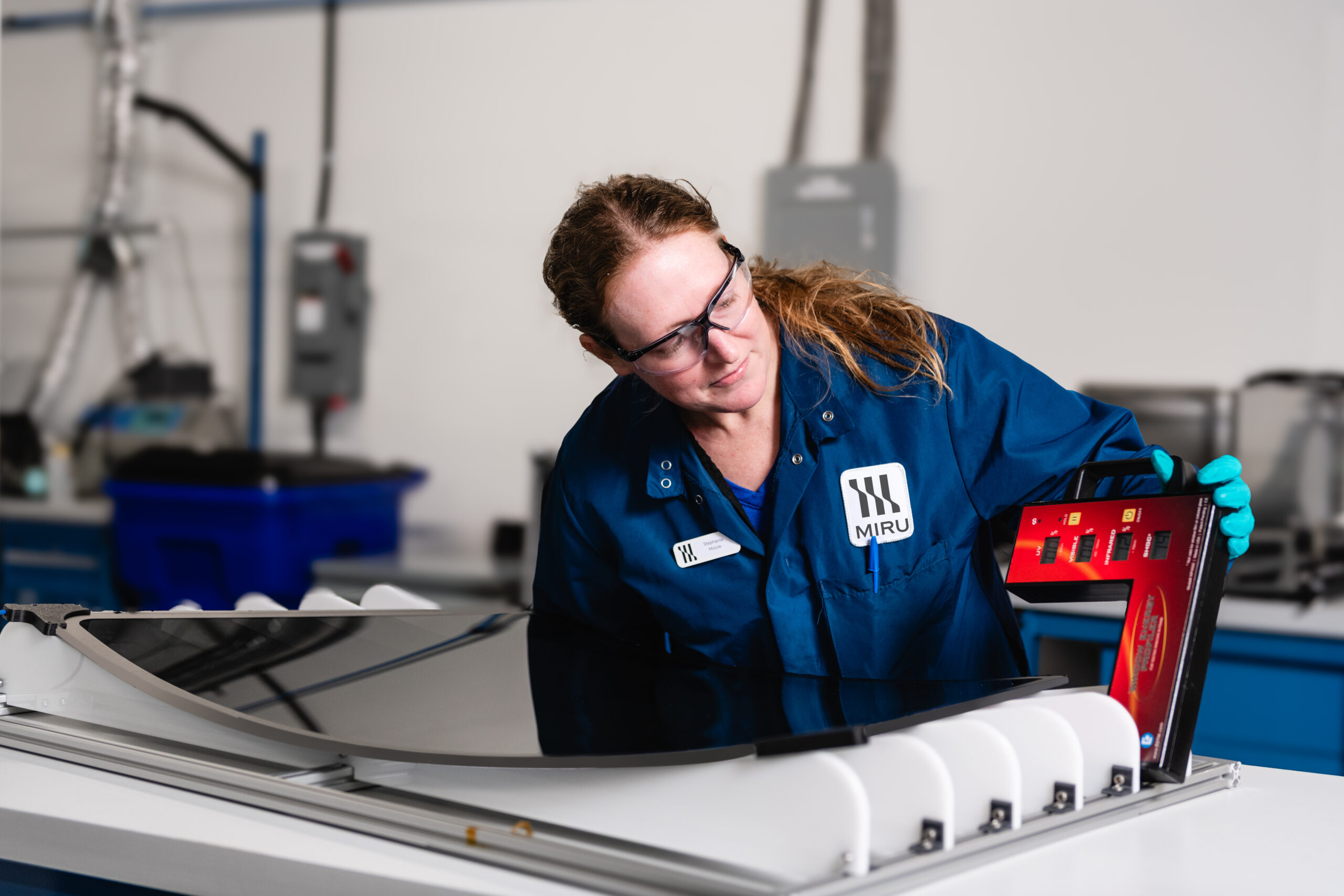
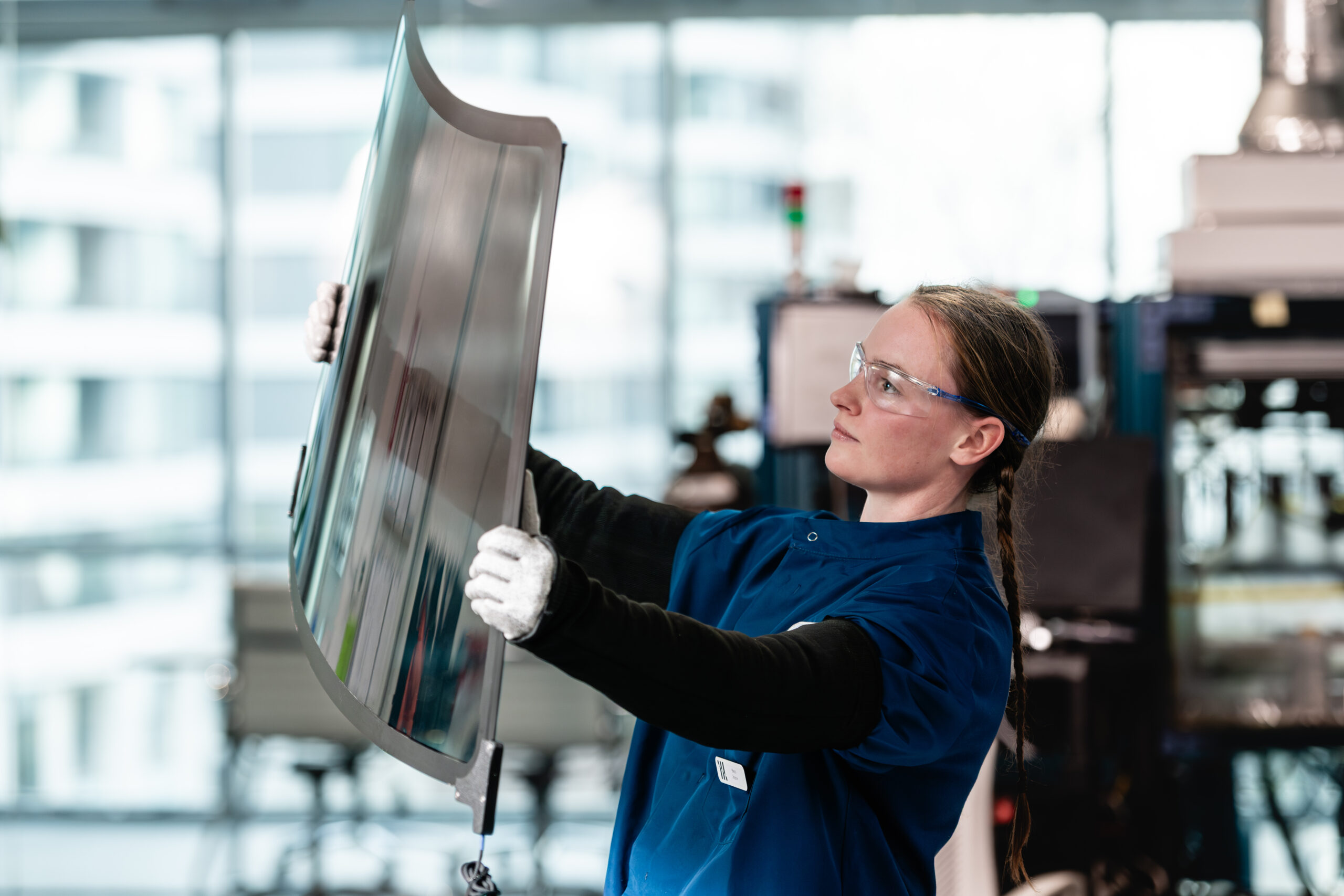
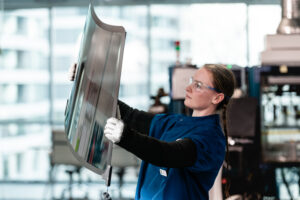
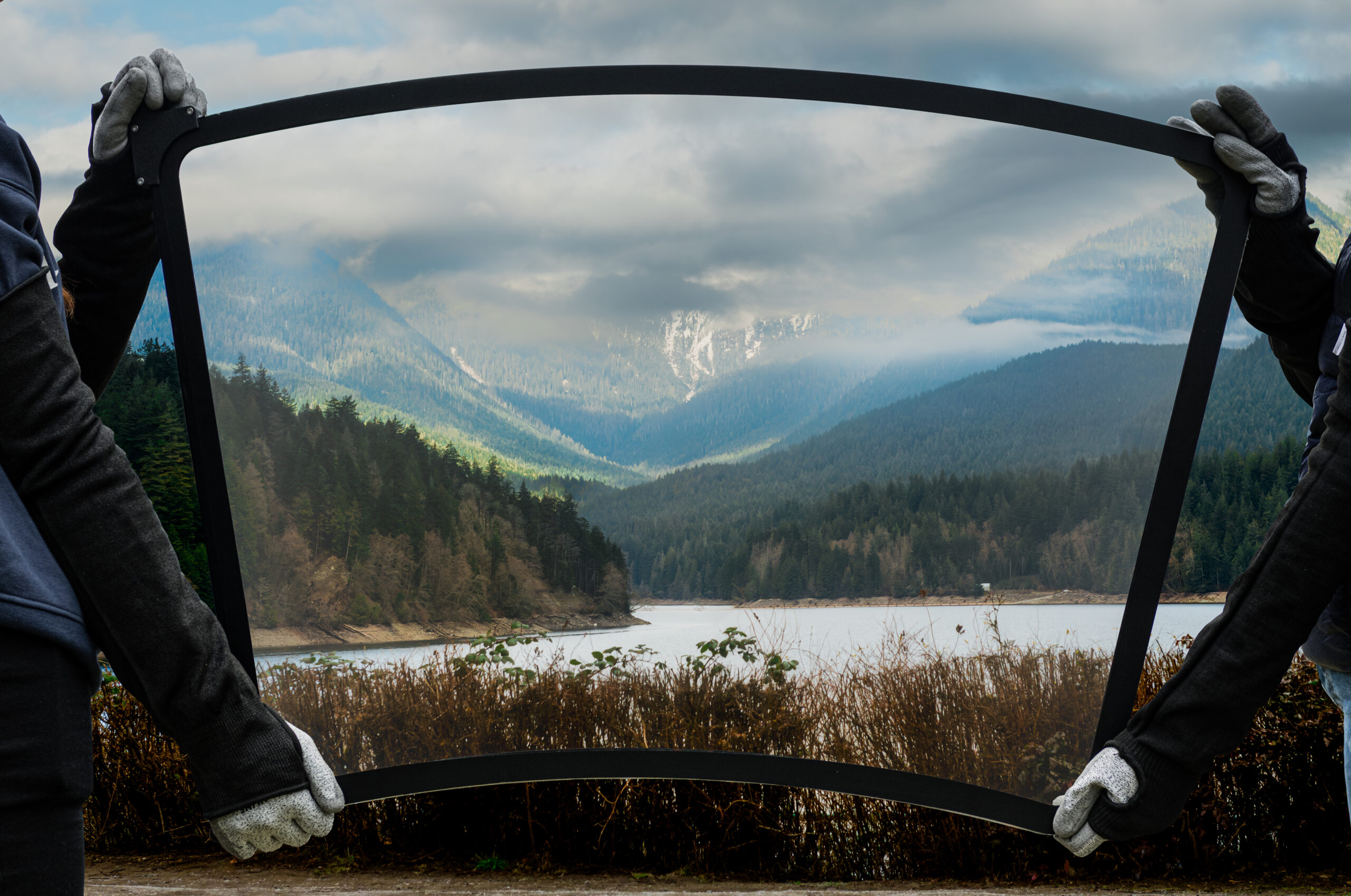


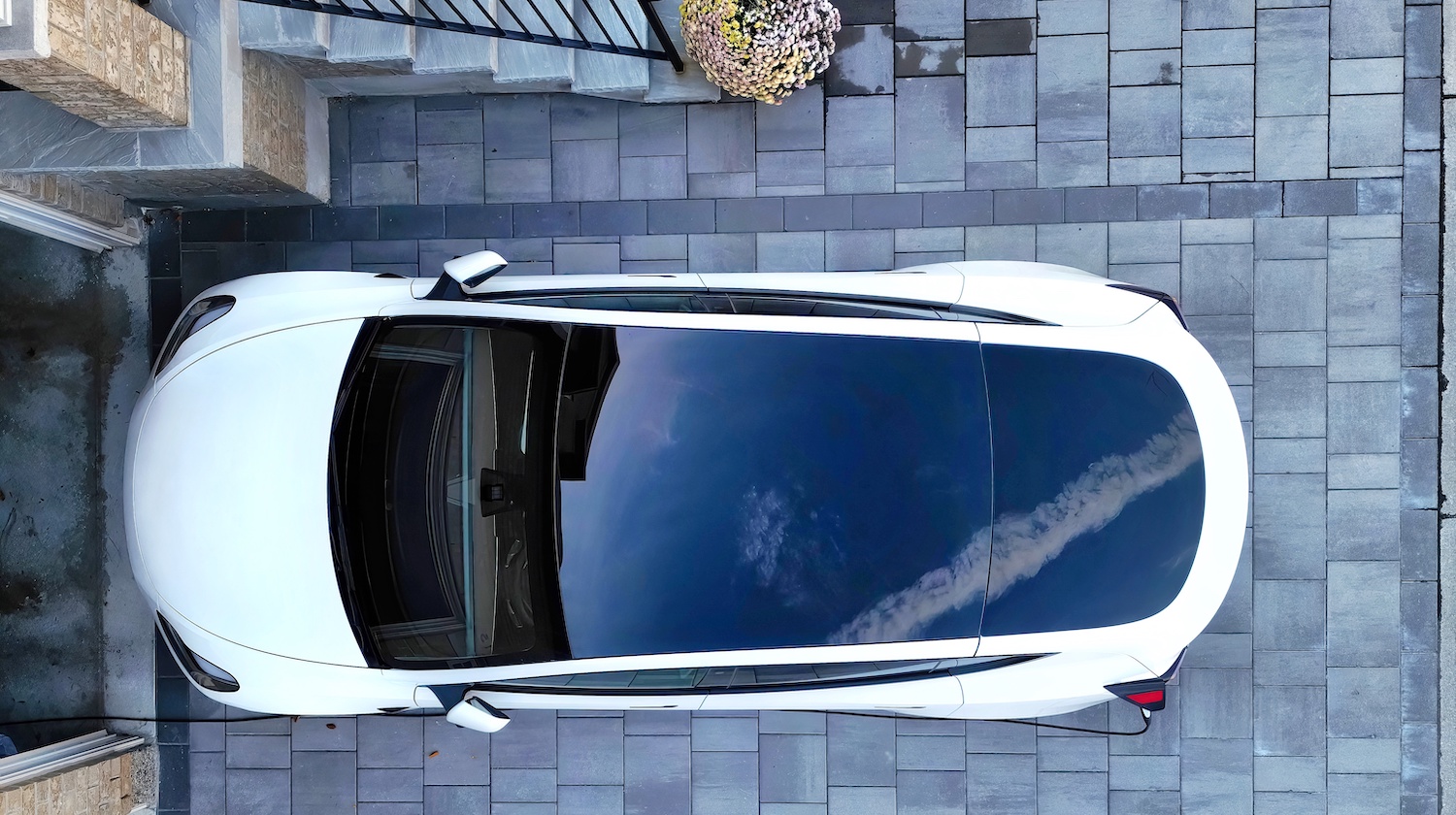
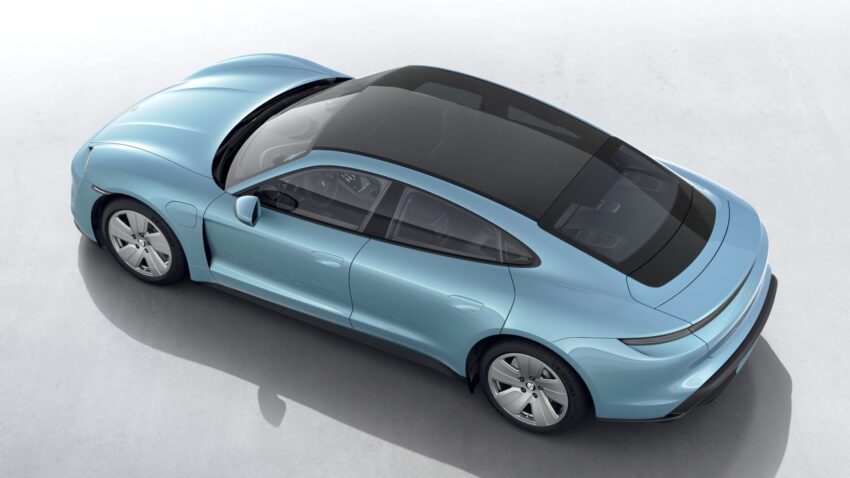
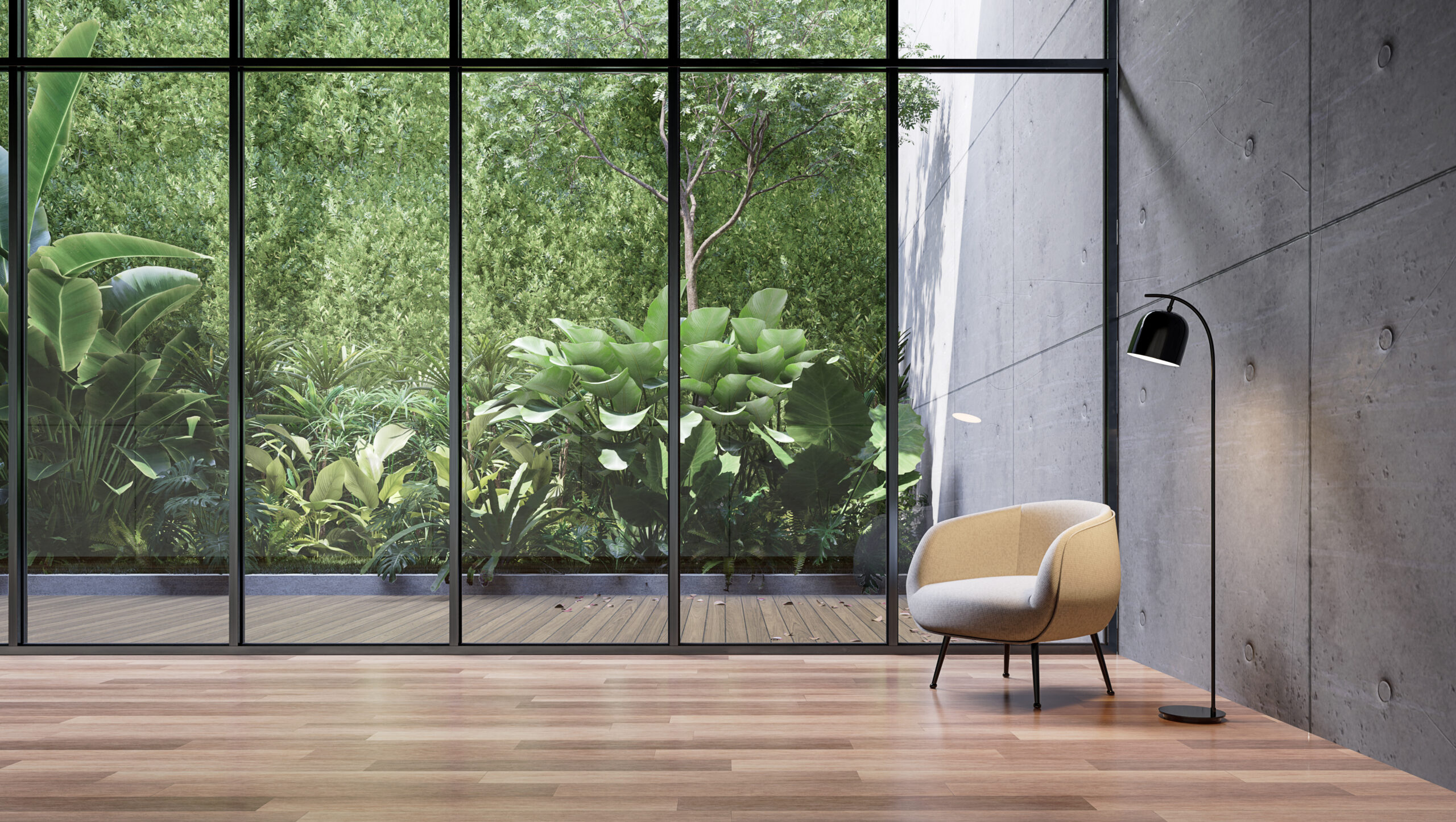
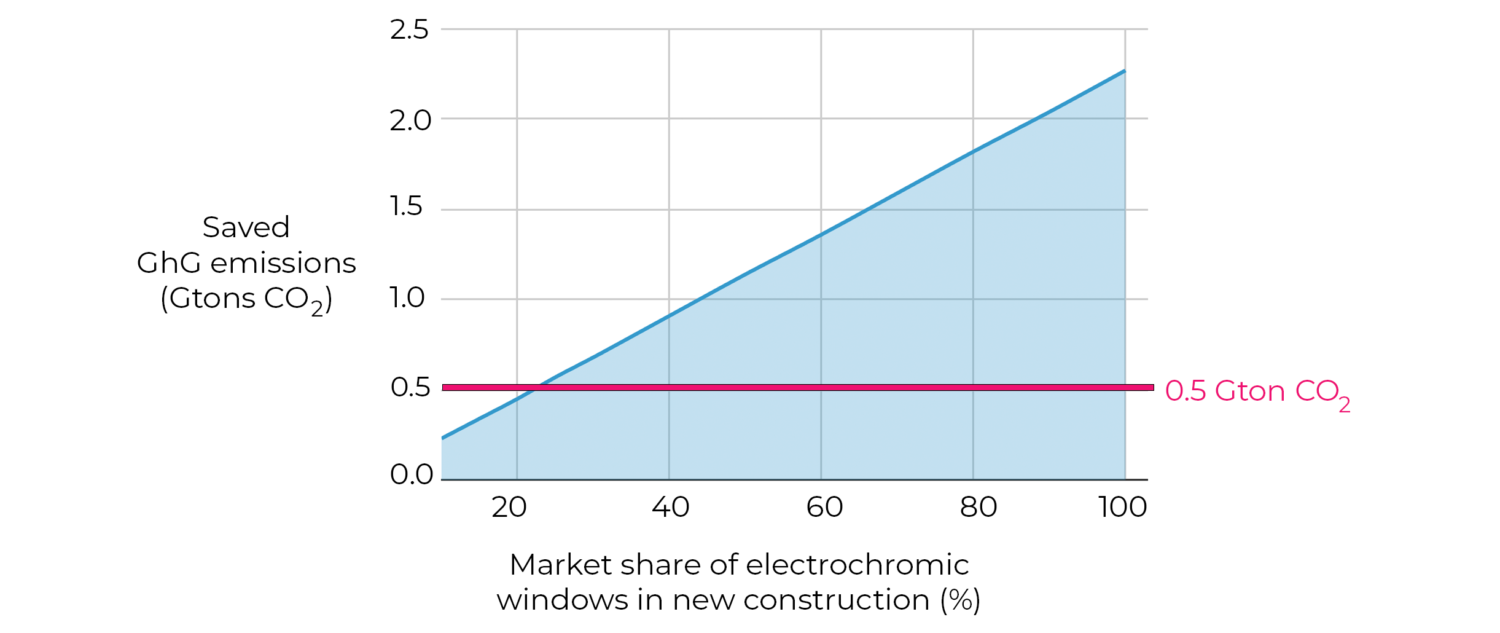

Recent Comments